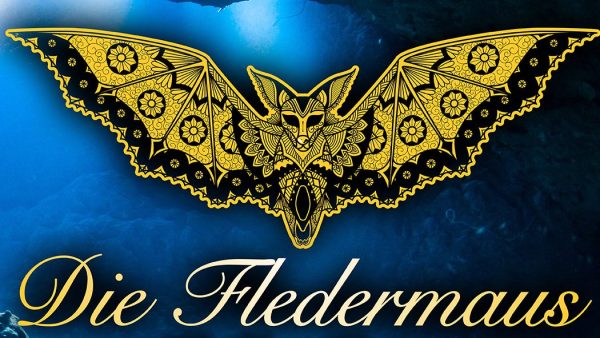
A couple of weekends ago I was invited by a family friend to see an opera called “Die Fledermaus”.
She is a professional violist who was playing in the production.
“Opera is a type of art form that tells a story through music “ according to the English National Opera.
Opera was most popular in the mid-to-late 19th century, though now its popularity has been declining.
Pacific Opera Project (POP) produced Die Fledermaus.
This nonprofit organization, founded in 2011 by Josh Shaw, has a mission to make “a more accessible, affordable, and entertaining opera to build a broader audience for that art form.”
This was my first opera and I didn’t know what to expect.
“Die Fledermaus” or the “Bats Revenge,” was originally performed in German and set in Vienna.
POP changed the setting to 1920s Hollywood, which was the dawn of the golden era of Hollywood films, as silent movies became “talking” movies.
The main character, Gabe Valentine was a famous movie star.
Gabe tricked his agent into wearing a bat costume, and then let him pass out on a park bench overnight.
People who passed by made fun of him and took photos.
His agent decided to take revenge by planning an elaborate scheme, a glamorous party hosted by a wealthy Russian prince, and seeking jail time for Gabe.
There is a lot that happens!
The story was interesting because it had a shocking plot twist at the end.
The set was very well done and believable.
Since it was sometimes difficult to understand the singing performers, subtitles on the screen above the stage were added, which was very helpful.
The costumes were quite authentic and the orchestra played with plenty of energy and emotion.
The show was performed in a theatre, and instead of microphones, the singers were able to project their voices to the back of the theatre.
POP is working to make opera more accessible to a broader audience.
For example, Die Fledermaus was only two and a half hours, versus most operas being four to five hours long.
It was also translated into English.
Surprisingly, patrons were allowed to take photos and record during the performance, and free drinks were offered before the performance began.
Perhaps the biggest difference, however, was the cost.
The POP show charged $15.00 per seat, while traditional operas cost at least $100 per seat.
It was great to see how many people attended, and the diversity of those in attendance, especially among a variety of age groups.
The audience was enthusiastic, joining in several standing ovations, and some people even chose to dress in 1920s-era attire.
Overall, I think it was a wonderful experience.
My family and I are planning to see the next POP opera, “Madame Butterfly 蝶々夫人” on June 1st.
For those who have never attended an opera, it might be time to experience something new, different, and a lot of fun!





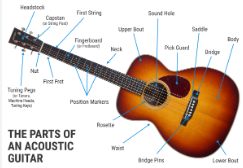
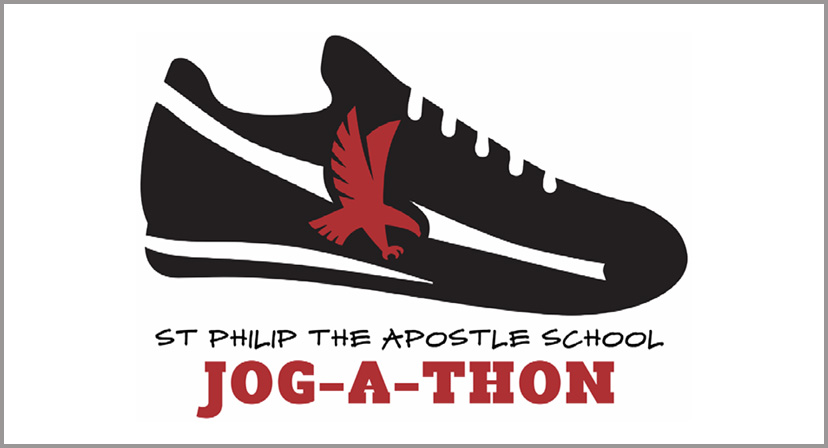
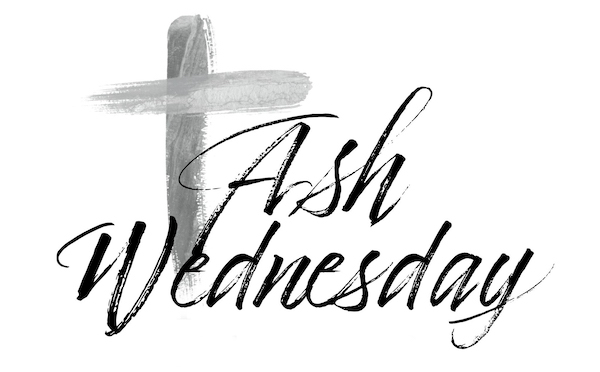

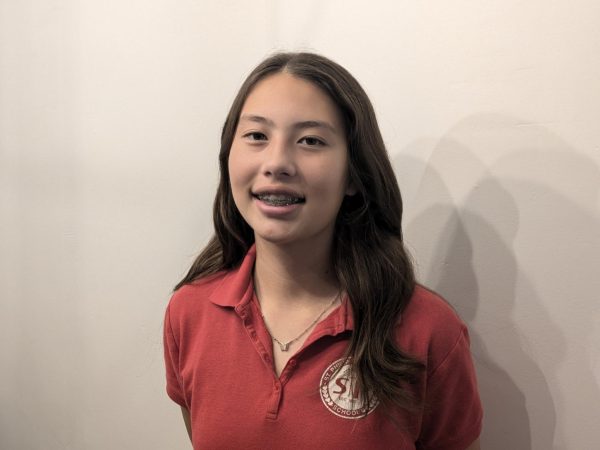
Emily Geller • Mar 6, 2024 at 3:41 am
Welcome to opera! So glad you came and enjoyed it. We loved performing it for you!
-Prince Boris Orlofsky
Josh Shaw • Mar 5, 2024 at 2:14 pm
Thank you so much for coming to our show and even more for writing about it!!! If only every review were this accurate and well-written! See you at Madama Butterfly 蝶々夫人.
Jennifer Ramirez • Mar 5, 2024 at 1:58 pm
I love that you went to the opera, then wrote about it. Thank you for doing this.